York Environment Week – a group walk 18th September 2021
This walk was organised as part of York Environment Week, specifically exploring how neigbourhood action could link to action on climate change and the council’s aim for the city to become zero carbon by 2030. Our starting point was that:-
- That the majority of people do not, generally, have a shared agenda of changes in behaviour to address climate change and…
- That the best way to engage with a diverse population is to work at neighbourhood level, to become participants in the various existing conversations on the key issues of people’s lives – money, health, comfort, family, home – and build bridges between these conversations and both climate change issues and actions, and the democratic processes and structures which might assist these actions.
The walk aimed to prompt conversations about existing local agendas and how we might engage with them (as Local Area Coordinators (LAC’s) are doing) and to use this engagement to connect local agendas to broader city-wide/national/global agendas around climate change. We had six participants including Marie Addy, LAC for the area, and Rachel Melly, ward councillor.
Conversation and Issues as we Walked
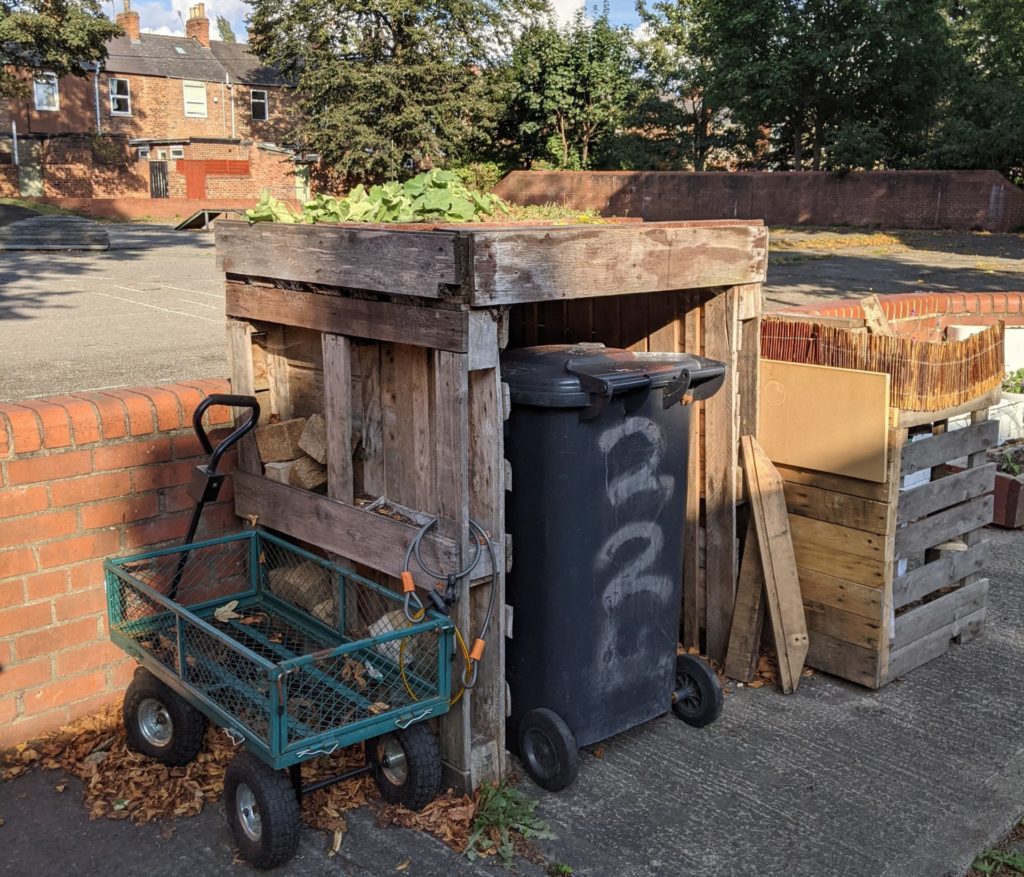
Public space. Small gardens make public space important. This is expressed through various ways – there are food growing beds which have been set up with help from Edible York, but are very much tended and protected by local people. People have in places taken on use of back alley space – for urban gardens / sitting areas; the council has no policy on this so it happens without either formal support/opposition. Councillors reported interest from residents in council weed-clearing policy and use of chemicals.
Streets, play and parking. Parking in streets appears dense, but car ownership isn’t particularly high; frontages are narrow and so available space is quickly filled. The local councillor reported that the area was well-served with play areas, and that children generally reported they were able to play outside without problems (although this contrasted with feedback at workshops carried out in local schools as part of the My York Central public engagement).
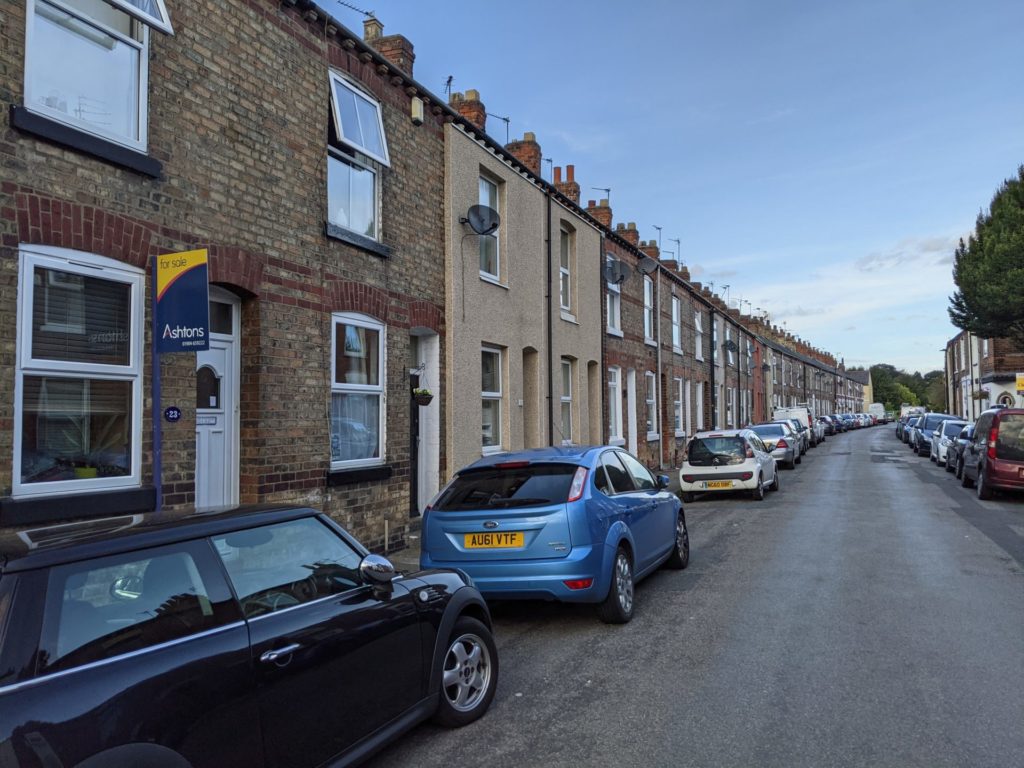
Energy performance improvements. The area is predominantly built from small Victorian terraced houses – with generally poor energy performance and challenging to both heat and improve. There are a number of homes which have had external wall insulation applied as part of a council programme, with pebbledash external finish resulting in the loss of all the front elevation original features and texture (with one example using instead brick slips to give appearance closer to original). Two issues were discussed – whether this was seen as being about energy/carbon or about comfort/health; did residents feel more comfortable and did the houses feel more homely? And secondly how is impact on the appearance of the neighbourhood dealt with – it fell as though there needed to be neighbourhood discussion and agreement in order for these sort of changes to be acceptable. There were challenges with this – there is very mixed tenure. Council development control was also discussed and described as often problematic.
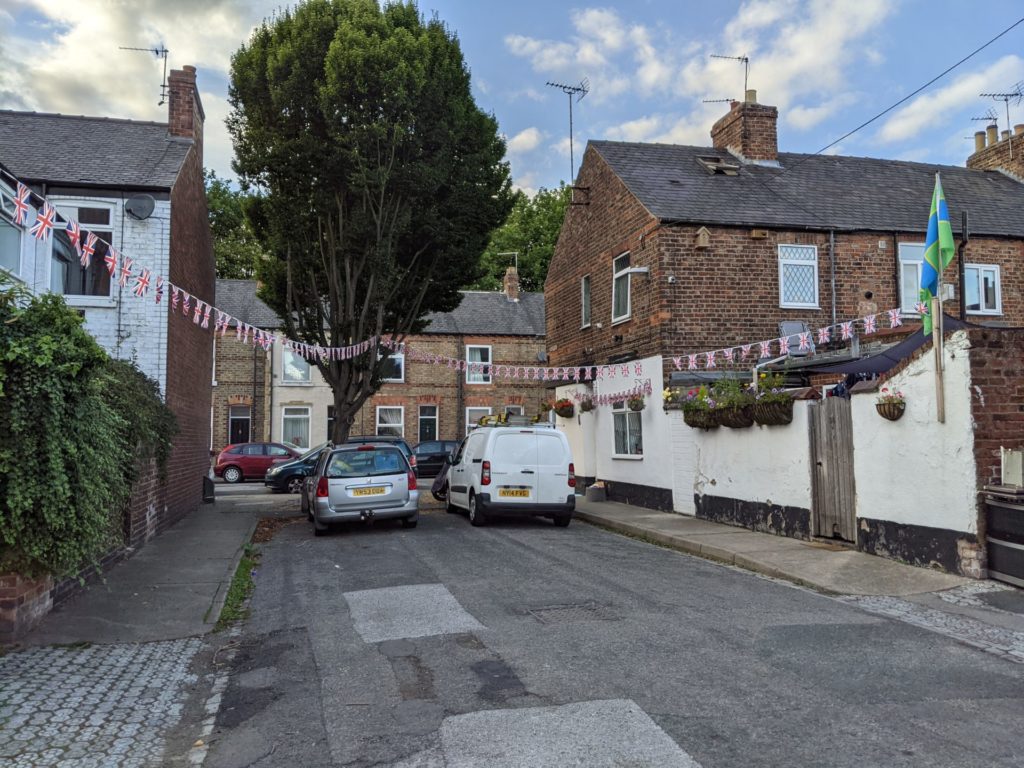
Community and shared life. At one end of a street where blocking to traffic had created a pedestrian space with a sizeable tree, one resident had draped flags from buildings. She described how these were “end of lockdown” celebrations and that different times of year were marked with different flags. Carols would be sung in the pedestrian space and snowflakes were projected across the street onto the gable end opposite at Christmas, with barbeques in the street in summer. We talked about the links and differences with current practices such as street WhatsApp groups. We also discussed small-scale simple interventions – benches allowed conversation and contact but worked best in pairs and in the right environment, relying on “micro-funding” from ward budgets or similar.
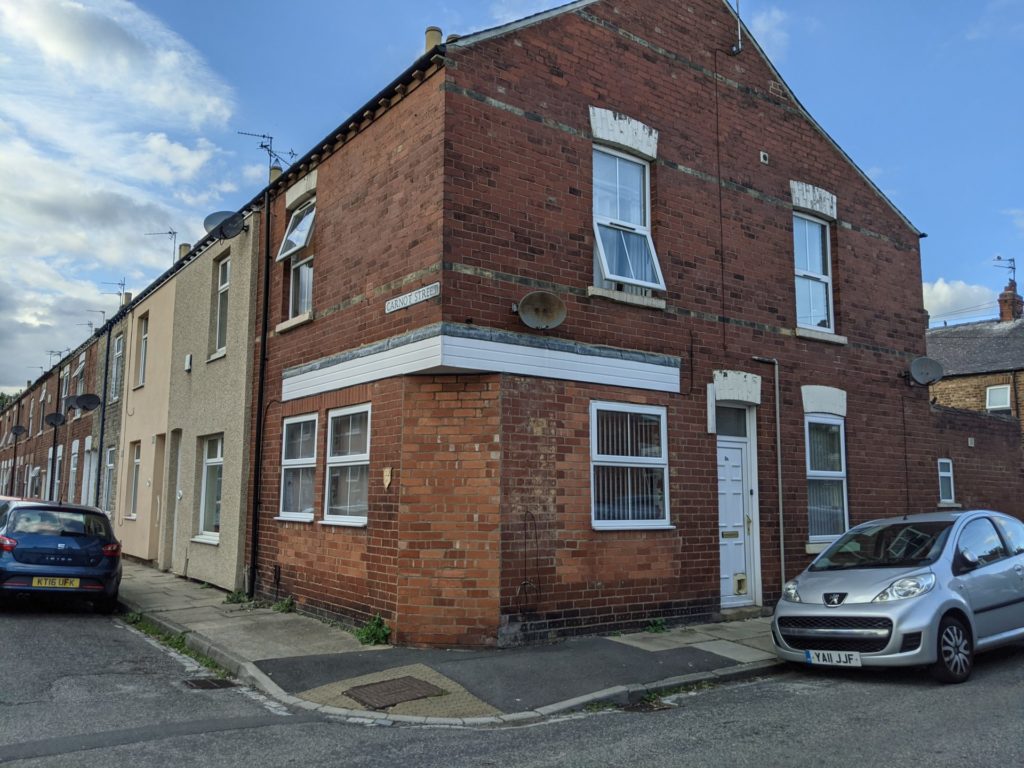
Mixed-Use Neighbourhoods. The Leeman Road triangle has two shops, a takeaway and one pub (plus one empty and awaiting new use). Choice is limited, but this was not always the case – a number of end houses show past lives as shops. We discussed how this might be reversed to bring new uses back in, creating “fifteen minute neighbourhoods” where life was more walkable.
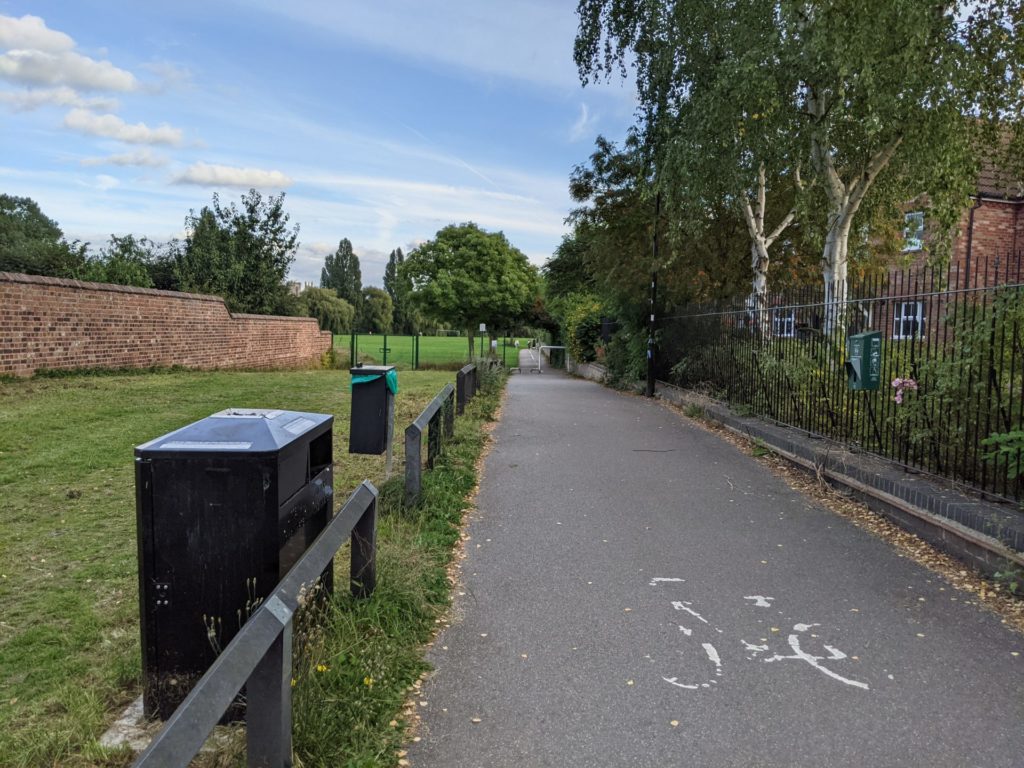
Connections to the City. “The Island” is famously isolated – it was once connected by boat and the Water End bridge is still locally referred to as “the new bridge”. The impact of flooding is still alive in memories – many residents have (or have had) older generations in the area and there are conversations about sandbagging. The connection along the riverside is important but tenuous – it floods repeatedly each winter and is narrow and not well-lit. Unsurprisingly the proposed Leeman Road closure was felt to be a major issue locally.
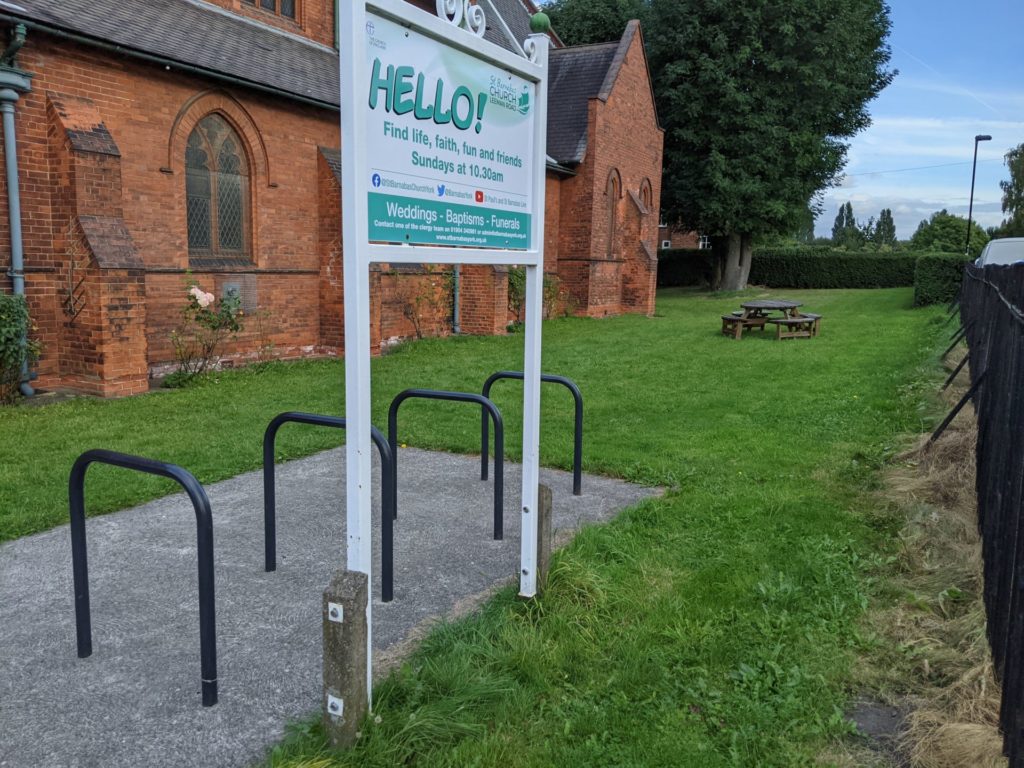
Space for the Community. The space in front of St.Barnabas church is well-used; the church is very community-focussed and puts on activities to bring people together irrespective of religious belief. The adjacent primary school is set back from public realm and lacks this facility. The former Jubilee pub is currently central in a possible bid for community buyout, with discussion taking place within the area over what is needed – both in terms of indoor space (for community activity, for economic use) and externally as the pub has a sizeable (if overgrown) garden.
York Central. We discussed York Central and how it related to the Leeman Road area; the work of YoCo in connecting with the existing community and the opportunities within the approved outline planning consent for finding ways in which local people could engage and become participants in the development.
Clipboards were of course deployed and Post-Its from the day are here.